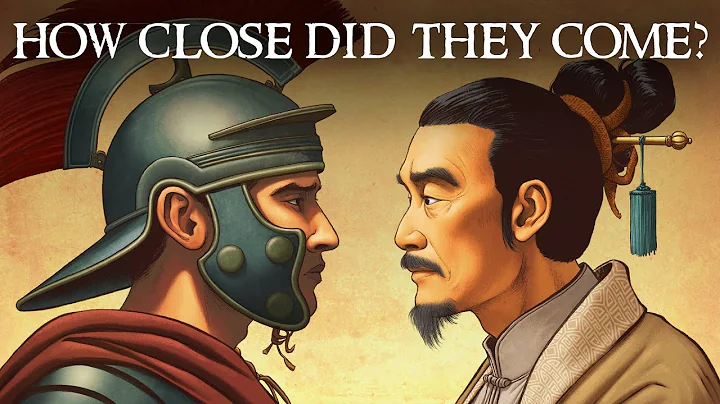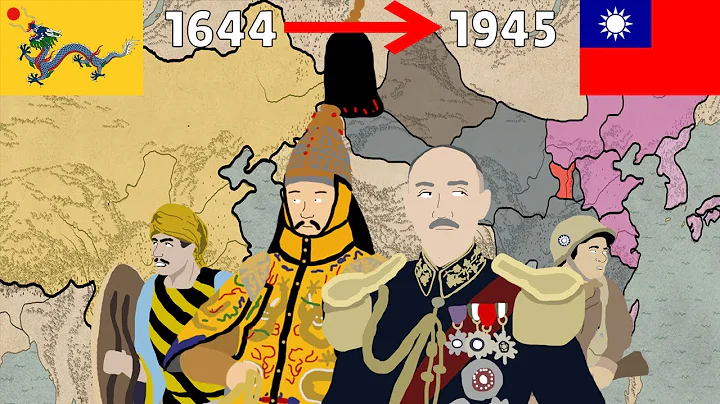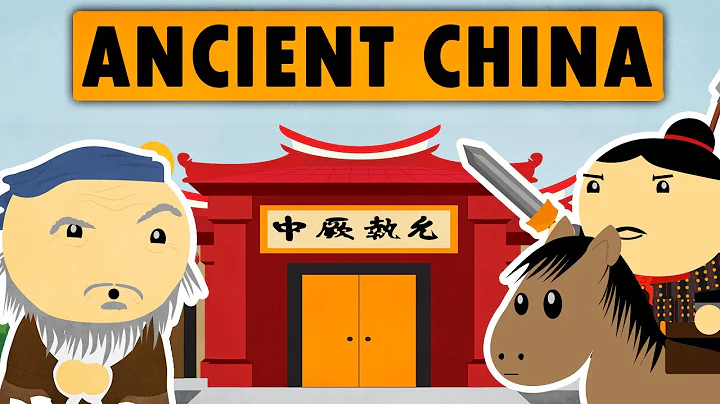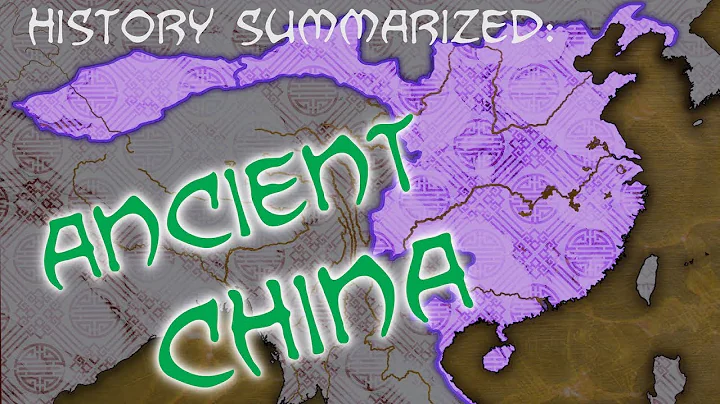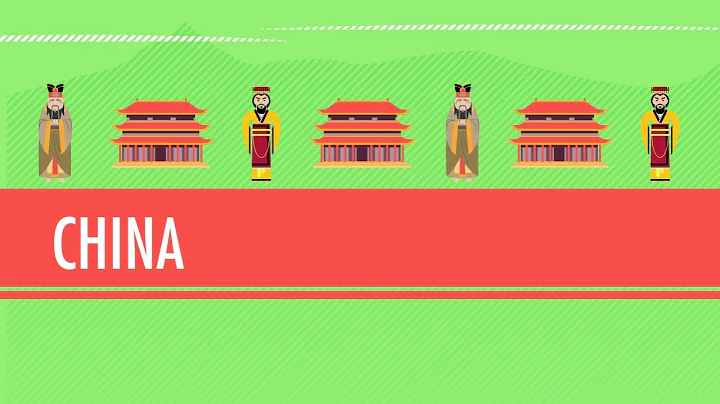
Why are the pre-Qin history books not included in the official history?
Before the Twenty-Four Histories, our country had historical documents. " Shangshu" is the earliest history book in our country, including "Yu Shu", "Xia Shu", "Shang Shu" and "Zhou Shu". As can be seen from the title of the book, "Shangshu" records ancient times and the history of Xia, Shang and Zhou. Starting from the Western Zhou Dynasty,, the Zhou Dynasty and various vassal states have traditions recorded in historical documents. Confucius 's revision of "Spring and Autumn" is a revision of Lu's national history "Spring and Autumn", which is the first chronological history book of our country. Because "Spring and Autumn" was too brief, later "Chun Qiu Zuo Shi Zhuan" was produced, later called "Zuo Zhuan", which is a chronological history book in ancient China with a complete narrative. However, later generations did not include these historical books in the official history, not because of contempt, but because they placed them in a higher position.
The first four histories: privately compiled
"The king of Qin swept Liuhe, what a heroic sight!" However, the Qin Dynasty was too short, and no history was compiled. By the time of Emperor Wu of the Western Han , Taishi Gong Sima Qian wrote the "Historical Records", "the historian's swan song and the unrhymed Li Sao" based on the writings of his predecessors and his own personal inspections, which pioneered the Twenty-Four Histories. Later, Ban Gu of the Eastern Han Dynasty wrote " Hanshu ", Jin Dynasty Chen Shou wrote " Chronicles of the Three Kingdoms ", Southern Dynasties Fan Ye wrote " Later Hanshu ", these three historical books are related to "Historical Records" are collectively called the "First Four Histories".

It should be noted that the first four histories are privately compiled and are not authorized by the government. Private history compilation is more credible, but its personal impact on historians is unpredictable. Sima Qian, the author of "Historical Records", would rather be castrated than succumb to the tyrannical power of Emperor Wu of the Han Dynasty in order to compile his own history. He is truly worthy of the name Tai Shigong. Ban Gu and Fan Ye both died in prison, and Chen Shou also had a bad fate. If we had known this, why bother to compile history? It is better to be like Ban Gu's younger brother Ban Chao , who joined the army, galloped on the battlefield, and became a marquis and a general.
Twenty-Four Histories
After the first four histories, successive dynasties continued to write about the previous dynasties, forming the Ten Histories, the Thirteen Histories, and the Seventeenth Histories.
Among them, The Tang Dynasty is a peak in the history of our country. Yao Silian, Fang Xuanling, Wei Zheng and others completed " Book of Jin ", " Book of Liang ", " Book of Chen " with the support of Tang Gaozu and Tang Taizong ", "Book of the Northern Qi Dynasty", "Book of the Northern Zhou Dynasty", "Book of the Sui Dynasty", "History of the South", "Book of the Northern Qi Dynasty", etc., which are magnificent, and also enable the complicated history of the Southern and Northern Dynasties to be recorded in detail.

Prime Minister Tuotuo of the Yuan Dynasty organized the compilation of "History of the Song Dynasty ", "History of the Liao Dynasty " and "History of the Jin Dynasty". Among them, the "History of the Song Dynasty" has 496 volumes, which is the largest of the Twenty-Four Histories. Official Compilation History books.
The Ming Dynasty revised " Yuan History " to form the Twenty-One History. The Qing Dynasty revised the "History of the Ming Dynasty " to form the Twenty-Two Histories. Later, "Old Tang Book" and "Old History of the Five Dynasties" were added to form Qianlong's "Twenty-Four Imperial Histories". This is the largest collection of official history in ancient China.
The unfinished Twenty-Sixth History
During the Beiyang Government period, Ke Shaobin and other compiled the History of the New Yuan Dynasty and the History of the Qing Dynasty. The Beiyang Government included the "History of the New Yuan Dynasty " as the official history, collectively known as the Twenty-Five Histories. The History of the Qing Dynasty was hastily published without a general review, so it is called " Qing History Manuscript ". There were more than 300 staff members involved in the compilation of the manuscript of Qing History. The compilation took 15 years and resulted in 536 volumes and more than 8 million words. Although there were many flaws, it also provided a large amount of valuable historical materials for the study of Qing History.
After the founding of the People's Republic of China, under the care of the founding leaders of the country, Zhonghua Book Company launched a plan to organize the Twenty-Four Histories. By 1977, the official version of "History of the Song Dynasty" was published, which took 20 years.

Since the 20th century, a large number of research works on China's modern and contemporary history have appeared, showing a situation where a hundred flowers are blooming. The field of history has ushered in great development, and the official history books of the feudal era are gone forever.


